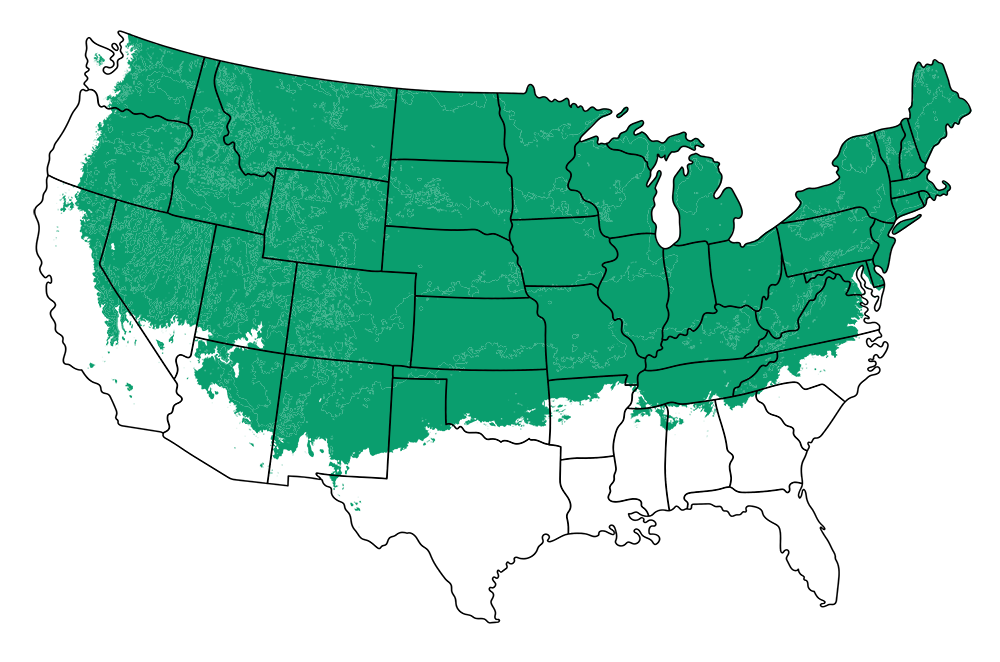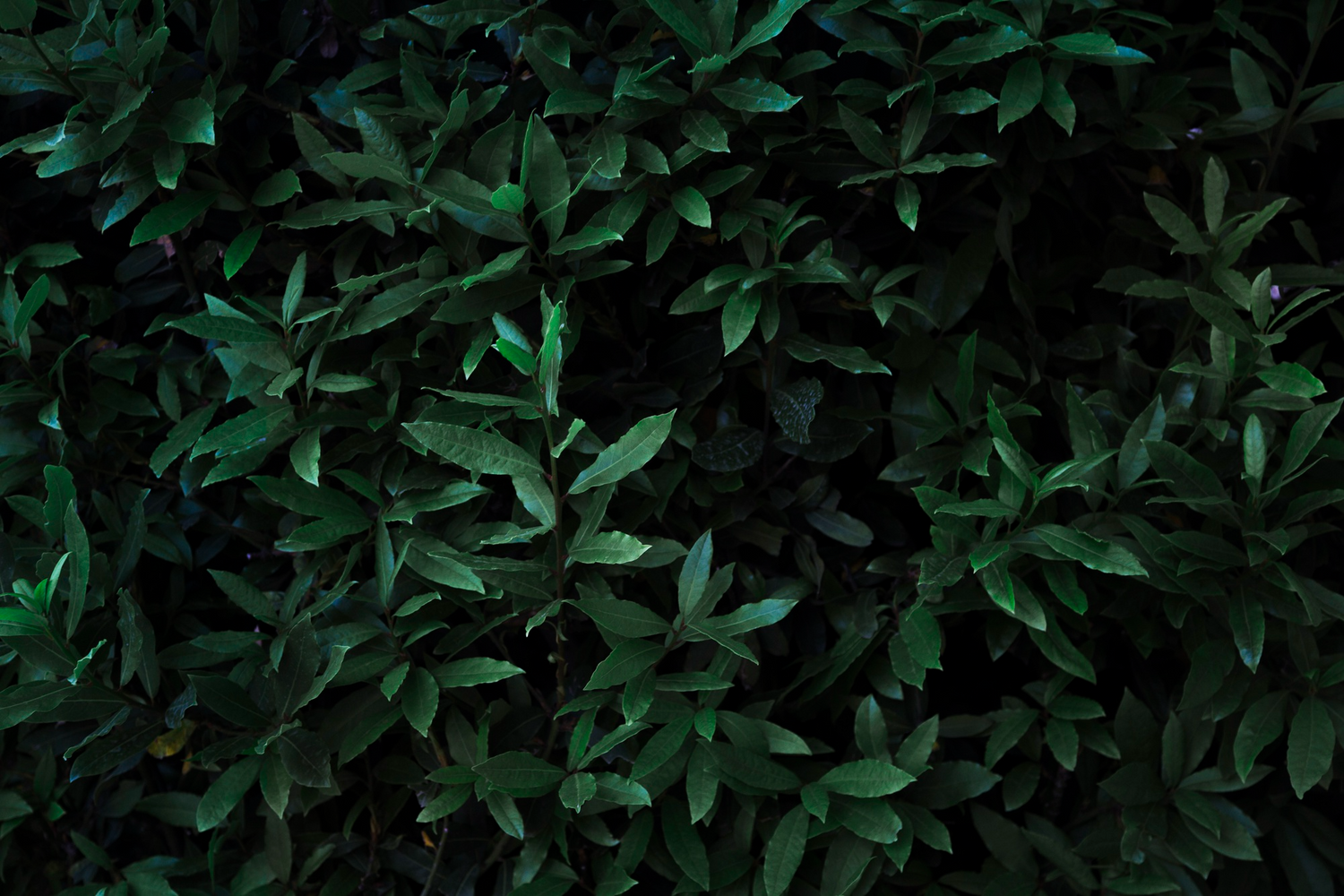Privacy Trees
Canadian Hemlock
Canadian Hemlock
Couldn't load pickup availability
Canadian Hemlock Trees, with their elegant foliage and adaptability, are a treasured choice for gardeners and landscapers alike. Their unique preference for well-drained, acidic soil rich in organic matter makes them both a challenge and a delight for dedicated gardeners willing to provide the right conditions. With proper care and attention, Canadian Hemlock Trees can transform your outdoor space into a tranquil haven of green serenity.


Product details

Why are Canadian Hemlock trees great for privacy?
Canadian Hemlock Trees are ideal for creating natural privacy screens thanks to their dense foliage and expansive growth. Their lush canopy provides effective coverage, ensuring your outdoor space remains private and serene all year round.
Planting guide
Plant Canadian Hemlock Trees in the fall or early spring to give them the best chance to establish strong roots before the growing season.
How to plant Canadian Hemlock trees?
Begin by selecting a planting site with well-drained, acidic soil and sufficient sunlight. Dig a hole twice as wide and just as deep as the root ball, and place the tree in the center. Backfill with a mix of native soil and organic matter, ensuring the root flare is visible above the ground.
When to plant Canadian Hemlock trees?
The ideal time to plant Canadian Hemlock Trees is in the fall or early spring when temperatures are mild. This timing allows the trees to develop a robust root system before the heat of summer or the frost of winter sets in.
How far apart should you plant Canadian Hemlock trees?
To create an effective privacy screen, space Canadian Hemlock Trees about 25 feet apart. This spacing ensures that each tree has ample room to expand its canopy without competing for resources with its neighbors. Adjustments may be needed based on your specific landscape design and spacing preferences.
About
Canadian Hemlock Trees are an excellent addition to any landscape, offering a combination of aesthetic beauty and practical benefits.
How tall does a Canadian Hemlock tree grow?
Canadian Hemlock Trees can reach impressive heights of 35 to 45 feet at maturity. Their towering presence provides not only privacy but also a picturesque canopy that enhances any garden or outdoor area. Depending on growing conditions, these trees may take several decades to achieve their full height potential.
How long does a Canadian Hemlock tree live?
With optimal care and conditions, Canadian Hemlock Trees can live for more than 300 years, making them a long-lasting addition to any landscape. This longevity means that the trees you plant today can offer beauty and function to generations to come. Factors like soil health and climate influence their lifespan, necessitating ongoing care.
How fast do Canadian Hemlock trees grow?
Canadian Hemlock Trees are known for their fast growth rate, especially during their early years. They can add several feet per year once established, quickly forming dense screens. However, growth rates can be influenced by soil quality, sunlight, and available moisture.
How to care for Canadian Hemlock trees?
Providing ideal soil conditions and consistent care is key to thriving Canadian Hemlock Trees. Regularly test your soil to monitor pH and nutrient levels, making adjustments as necessary. Ensure your trees have adequate moisture, especially during dry spells, to support their lush growth. Additionally, mulching around the base will help retain soil moisture and regulate temperature.
When to prune Canadian Hemlock trees?
Prune Canadian Hemlock Trees in late winter or early spring before new growth emerges. This timing minimizes stress on the tree and allows wounds to heal quickly as the growth season begins. Regular pruning helps maintain the desired shape and promotes dense, healthy foliage.
How to prune Canadian Hemlock trees?
Begin by removing any dead, damaged, or diseased branches to encourage healthy growth. Shape the tree to your desired form by selectively trimming back longer branches, keeping in mind the tree's natural growth habit. Always use clean, sharp pruning tools to avoid damaging the tree.

